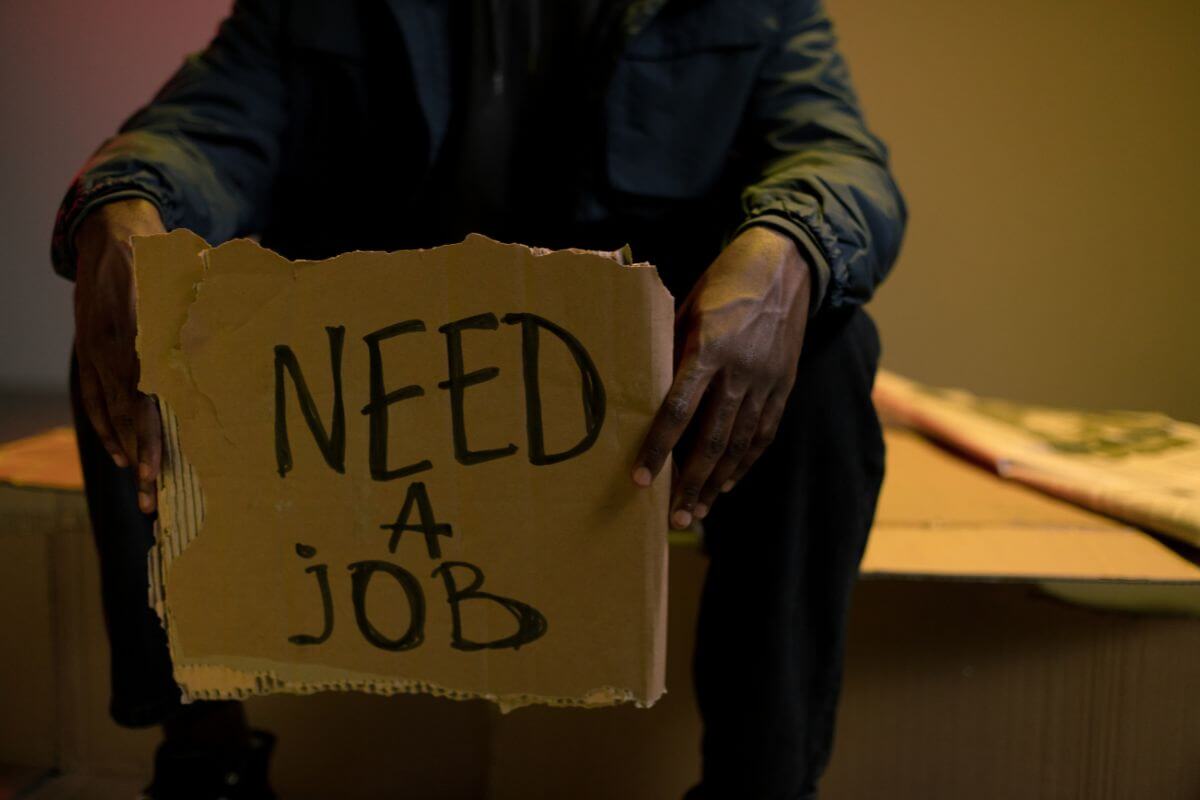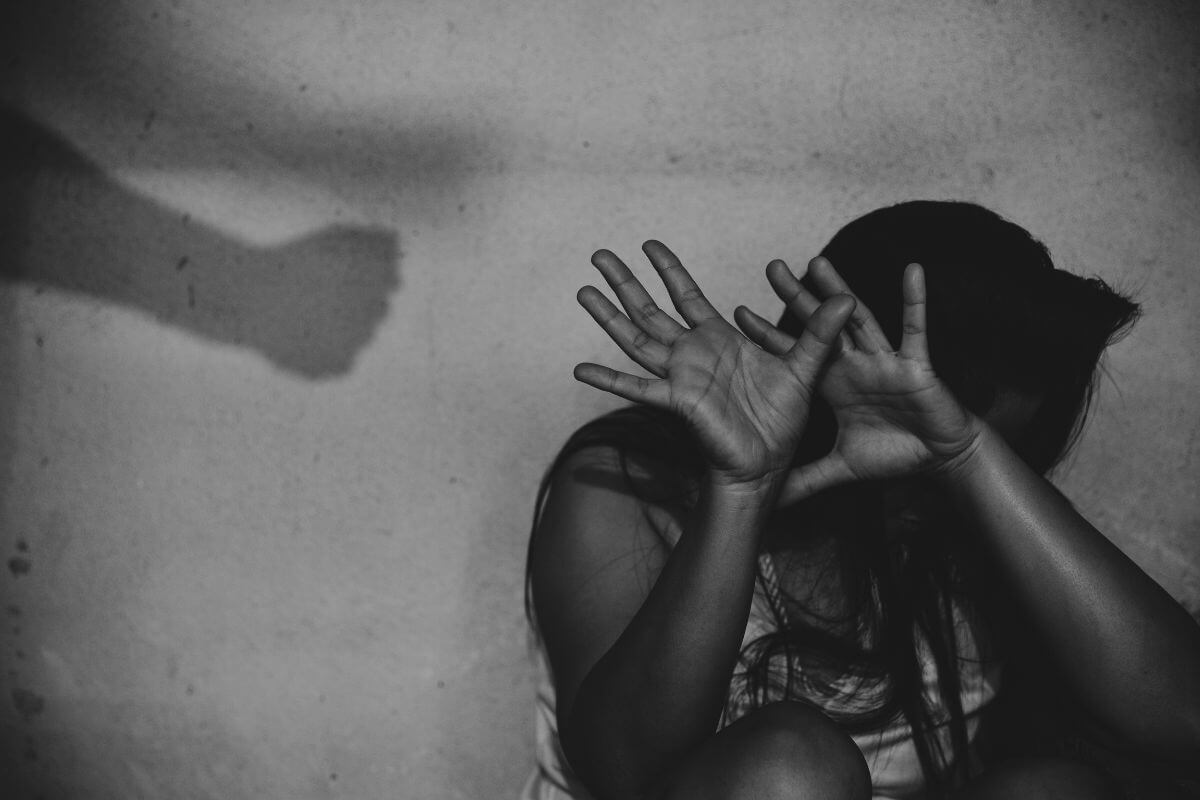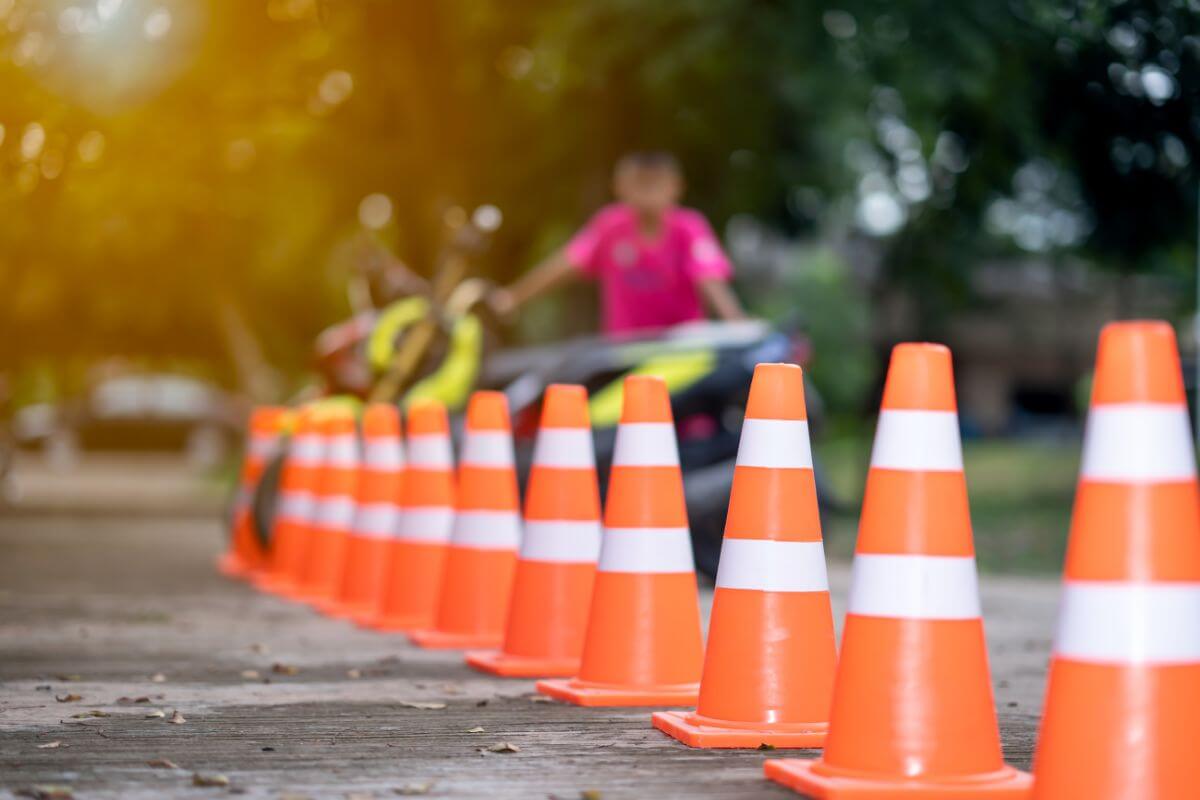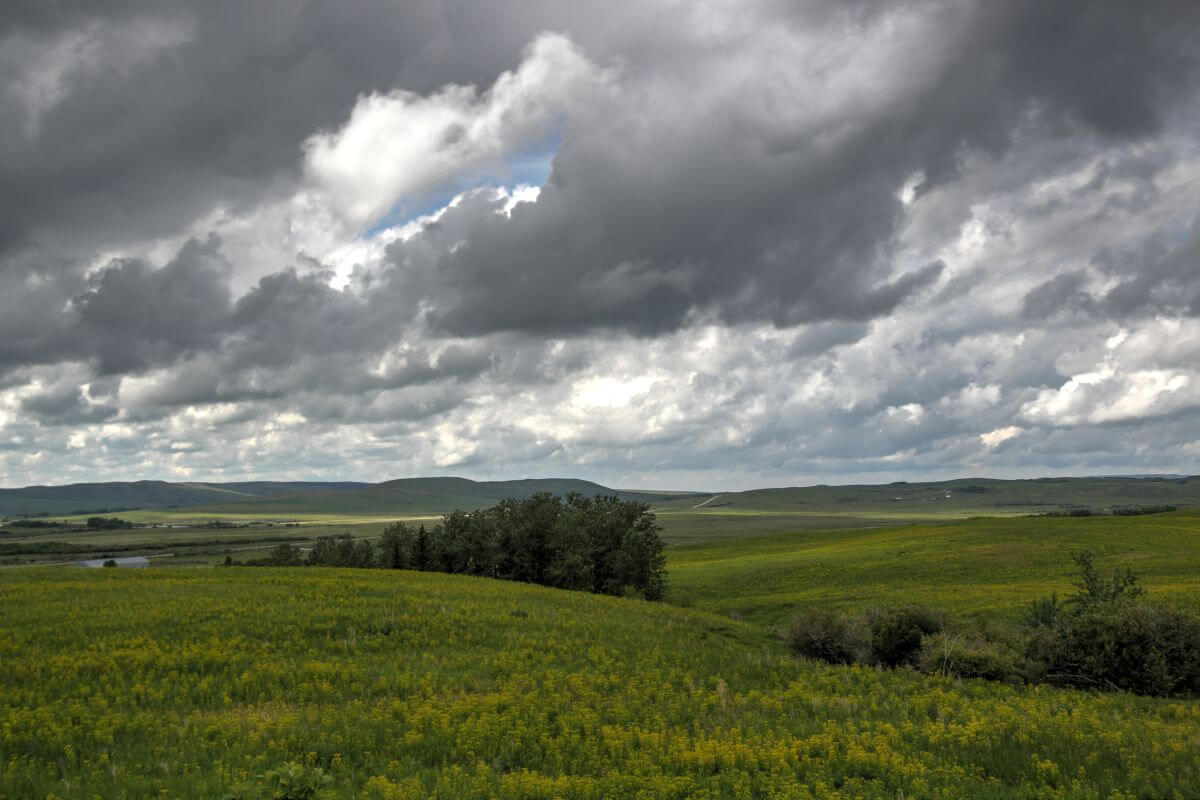Is Montana the worst state? It’s a question that lingers in the minds of many.
Safety concerns, financial stability, and the cost of living are just a few of the worries that plague us.
And when it comes to Montana, there are some alarming statistics that can’t be ignored.
But it’s not all doom and gloom.
By understanding the state’s strengths and weaknesses, you can make an informed decision without falling into the trap of common misconceptions.
- Related article: Life in Montana
Prepare to be surprised, intrigued, and ultimately empowered to make the right choice.
“Worst” State Definition

The definition of the “worst” state is subjective and can vary depending on the criteria used to measure it.
When determining a state’s ranking, these factors come into play:
- Economic factors – GDP per capita, poverty rate, unemployment rate, and median household income are often taken into account.
- Healthcare – This may involve life expectancy, infant mortality rate, and access to healthcare.
- Education – Graduation rates, test scores, and teacher quality are also taken note of.
- Crime – This could be measured by the violent crime rate, property crime rate, and incarceration rate in a state or city.
- Infrastructure – This could include factors such as the quality of roads, bridges, and public transportation.
- Environment – Considerations such as air quality, water quality, and pollution levels might also be involved.
Applying these criteria, Montana has been ranked poorly in several areas.
It has been identified as the worst state for drunk driving and also ranked unfavorably for road trips.
These rankings raise concerns about road safety and highlight the need for new solutions.
Finally, identifying the “worst” state is dependent on the precise criteria and rankings utilized, which can differ from one source to the next.
It is essential to consider multiple factors when assessing a state’s overall performance and making informed decisions about living or traveling there.
How Montana Compares to Other States

When it comes to measuring a state’s performance in various categories, Montana seems to be on the losing end more often than not. It’s clear that there is work to be done to ensure the safety and well-being of its residents.
Montana Violent Crime

It appears that this beautiful state has become engulfed in a troubling issue: violent crime.
The numbers don’t lie, and they convey a story that confuses and concerns me.
According to Montana Board of Crime Control data from 2022, a whopping 4,853 people were victims of violent crime in Montana.
Now, let’s put this number into perspective.
In 2019, the FBI’s Uniform Crime Reporting (UCR) Program estimated that there were 1,203,808 violent crimes nationwide.
The fact that Montana, with its lower population, makes up a significant portion of this statistic is truly disheartening.
It’s a perplexing situation, isn’t it?
One would hope that a state as stunning as Montana would be a safe haven for its residents. But alas, it seems that this stunning landscape hides a darker reality.
There are also unsafe urban areas in Montana that you should be aware of especially when you are planning to live or visit the state. Always be prepared and prioritize your safety.
Montana Property Crime

According to the Montana Board of Crime Control, there were 22,622 property crime crimes in the state in 2022.
When compared to the national average, the figures become even more alarming.
According to the FBI’s Uniform Crime Reporting (UCR) Program, there were roughly 6,925,677 property crime offenses in the United States in 2019.
A positive news despite this alarming number is that this 2-year trend showed a decline of 4.1% from 2018 to 2019.
The term “property crime” refers to offenses like auto theft, larceny, and burglary.
Unfortunately, both locals and tourists should be concerned about Montana’s average property crime rates.
The homes and possessions of our fellow Montanans must be safeguarded, whether by enhanced law enforcement efforts, community outreach, or heightened security measures.
Montana Drug Crime

It’s perplexing to think that a state known for its breathtaking landscapes and welcoming communities could also be plagued by drug crime.
In 2022 alone, the Montana Board of Crime Control reported a staggering 3,054 drug seizures.
When we compare this number to the national average, the prevalence of drug crime becomes even more disconcerting.
According to the U.S. Customs and Border Protection (CBP) Drug Seizures in 2022, there were a staggering 62,465 drug seizure events across the nation.
These numbers highlight the urgency of addressing the impact of drug crime in Montana.
It’s essential to recognize the types of offenses associated with drug crime, as they have wide-ranging consequences on communities and individuals alike.
From the illicit drug trade to the spillover effects on public safety and personal well-being, the trends in drug crime demand our attention.
Montana Domestic Violence

There are certain unpleasant realities that we must face among all the magic and beauty. The rising occurrence of domestic violence in Montana is one of those facts.
A startling 3,054 instances of domestic abuse were reported in Montana in 2022 alone.
This number is extremely alarming on its own. But the situation gets much more disturbing when we step back and consider the wider picture.
According to the National Coalition Against Domestic Violence, 1 in 4 women and 1 in 10 men experience sexual violence, physical violence, and/or stalking by an intimate partner during their lifetime in the United States.
Partner violence accounted for a shocking 20% of all violent crimes in 2018.
These statistics paint a grim picture of the prevalence of domestic violence and the devastating impact it has on individuals and communities alike. It’s a harsh reality that we simply cannot ignore.
Montana Road Safety

Montana has gained quite the reputation as the worst state for both drunk driving and road safety.
According to Forbes Advisor’s 2022 ranking of the worst states for drunk driving, Montana takes the notorious top spot.
Now, road safety is no laughing matter. It’s a serious issue that affects thousands of people every year.
And unfortunately, Montana seems to be grappling with its fair share of road safety risks. From road fatalities to drunk driving fatalities, the numbers paint a rather bleak picture.
Road Safety National Average
When it comes to road safety, it’s crucial to have a benchmark to gauge the severity of the issue.
And that’s where the National Highway Traffic Safety Administration’s latest projections for traffic fatalities in 2022 come into play.
According to their estimates, a staggering 31,785 people lost their lives in traffic crashes during the first nine months of the year, a slight decrease of 0.2% or 31,850 estimated fatalities compared to the same period in 2021.
Montana’s Road Safety Statistics
When it comes to road safety statistics, Montana paints a rather grim picture.
In fact, most fatal and serious injury crashes in this vast state can be attributed to single-vehicle roadway departure crashes.
And here’s another disheartening revelation: the majority of roadway fatalities in these types of crashes involve unrestrained vehicle occupants. It’s a somber reality that demands our attention.
To shed some light on the situation, let’s take a glimpse at the Montana Department of Transportation Statewide Crash Data for 2020.
During that year alone, there were a staggering 62 cases of fatal crashes in Montana. That’s 62 tragedies, 62 lives abruptly cut short, and 62 families left shattered.
So, as we traverse the highways and byways of Montana, let’s prioritize safety, buckle up, and never forget the precious value of each life lost.
Together, we can make a difference and ensure that the road ahead is safer for us all.
Factors Influencing Montana’s Ranking

There are quite a few factors that have contributed to Montana’s ranking as the worst state.
Let’s dive right in and explore these influential elements.
- Economic Indicators and Job Opportunities – Economic indicators reflect limited job opportunities, particularly in rural areas, which can lead to economic disparities and challenges for its residents.
- Quality of Healthcare and Well-being – Concerns about the quality, accessibility, and affordability of healthcare services have had a profound impact on the well-being of Montana’s population.
- Crime Rate and Public Safety – Montana has unfortunately struggled with higher-than-average incarceration rates and a concerning breakdown of crime rate.
- Environmental Sustainability and Pollution Levels – Montana’s pollution levels highlight the pressing need for stricter environmental regulations and practices to protect its natural resources and ensure a healthier environment for all.
- Infrastructure and Transportation Accessibility – Limited infrastructure development and transportation accessibility in rural areas of Montana contribute to its lower ranking, highlighting the need for improved infrastructure investments.
- Income Inequality and Poverty Rates – High levels of income inequality and poverty rates within the state also influence its ranking as one of the worst states, requiring measures to address economic disparities.
- Governmental Effectiveness and Transparency – Montana’s ranking is influenced by concerns related to governmental effectiveness and transparency, indicating a need for enhanced governance and accountability measures.
- Cultural Diversity and Inclusivity Initiatives – The state’s lower ranking is also tied to challenges in promoting cultural diversity and inclusivity, suggesting the importance of initiatives aimed at fostering a more diverse and inclusive community.
Addressing these factors will be pivotal in transforming Montana and elevating its status.
Montana Worst State Final Thoughts

Montana, touted as the worst state, faces numerous challenges that contribute to its unfavorable ranking.
The state’s alarmingly high prevalence of violent crime is one of the key causes of this awful nickname.
It’s challenging to feel safe and secure when it seems like danger is around every corner.
Don’t even start on the statistics related to traffic safety. The risk of drunk driving and traffic deaths is highest in Montana, endangering thousands of people every day.
But that’s not all.
Montana also struggles with other issues like economic disparities, healthcare accessibility, public safety, and sustainable practices to name a few.
It seems like the state is stuck in a never-ending cycle of struggle and hardship.
By promoting economic growth, improving healthcare affordability, enhancing public safety, and fostering inclusivity, Montana can aspire to soar to greater heights.
Montana Worst State FAQs
1. Is Montana a Low-Crime State?
In terms of violent crime rates per 100,000 residents in 2020, Montana actually comes in at the 12th spot.
With a 469.8% crime rate and a 5,077 incident count, Montana’s degree of personal safety is surprising for such a great place.
2. Why Is Montana Ranked in the Top 5 for Most Dangerous States to Drive In?
Montana’s sprawling rural landscapes, although awe-inspiring, present a unique set of challenges for drivers contributing to its low ranking.
Harsh weather conditions, including snowstorms and icy roads, create treacherous driving conditions, demanding the utmost caution and skill from those behind the wheel.
The state’s higher speed limits, although providing an exhilarating sense of freedom, amplify the risks on the highways.
3. Is Montana a Good Place to Live?
Absolutely.
With its natural beauty, abundance of outdoor activities and a strong sense of community, it offers a unique and attractive lifestyle for those who value these aspects.
Explore Montana further by giving these other articles a read:

